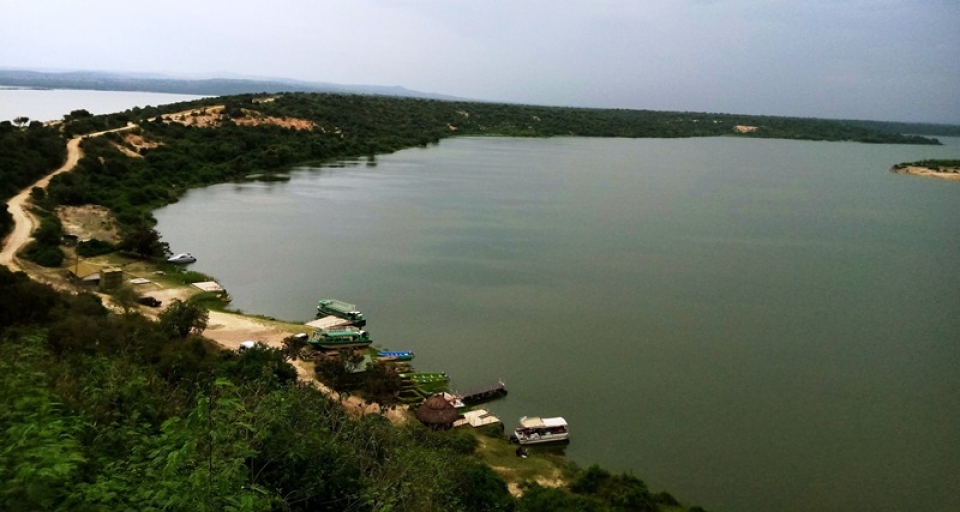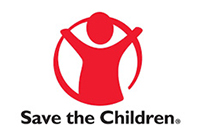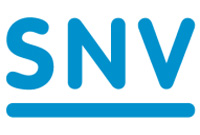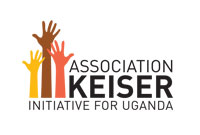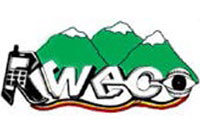The Fisheries sector in Kasese District is head by Mr. Bwambale K. Erisania, the Principle Fisheries officer. Contacts +256 777292959 Email: kithierisania@yahoo.com
The Fisheries in Kasese District comprises of the capture fisheries (from Lakes George and Edward plus Kazinga channel); Aquaculture or fish farming using fish ponds and tanks; fish marketing with the market at the boarder between Uganda and DRC at Mpondwe being the main one.
Under Capture Fisheries, Kasese has six (6) gazetted landing sites of Kahendero, Hamukungu and Kasenyi on Lake George; Katunguru on Kazinga channel; Katwe and Kayanja on Lake Edward. The major commercial species captured from these water bodies are Tilapia (Erihere/Engege) and Bagrus docmac (Omukolho/Ssemutundu). The other species commonly captured are Clarias Spp (Eyisombi/Emale); Protopterus aethiopicus (Mamba/Ehondwe); Barbus Spp (Enzunguli/Enjunguli), Momorys spp, Labeo spp and Haplochomis spp.
The District was able to harvest about 2,652,638 kg of fish during 2022/2023 Financial year which fetched about 13,471,875,645 Uganda shillings for the fishing communities.
Core functions of the fisheries sector
- Managing and regulating the fisheries resources within Kasese to ensure sustainable fishing practices and conservation of the aquatic ecosystem.
- Enforcing fisheries laws and regulations, conducting inspections, and taking action against illegal fishing activities in conjunction with relevant stakeholders
- Promoting and supporting aquaculture development initiatives within the district to increase fish production
- Providing training and extension services to local fishermen and fish farmers on sustainable fishing and improved aquaculture practices
- Engaging in research and development activities to improve fisheries management and increase fish production.
- Collaborating with other government agencies, NGOs, and community groups to address fisheries-related challenges and promote local economic development
- Issuing fishing licenses and permits to local fishermen and fishing businesses, and ensuring compliance with fishing regulations
- Collecting data on fish catch statistics, and environmental conditions in local water bodies to support informed decision-making.


